
GT-R vs RS7 Performance vs M4: Comparison
The Nissan GT-R, Audi RS7, and BMW M4 are, in fact, words apart from each other. As for similarities, well, these are stupendously fast cars that coincidentally lie in the same price bracket.
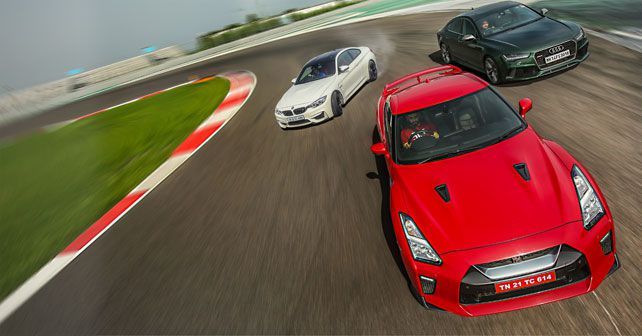
We’ve been waiting for a very long time to tame Godzilla at the BIC. The question is, did the GT-R spit fire and send us scurrying for cover – with the BMW & Audi in tow – or were we actually able to calm the beast?
Now, it’s no secret that we love the GT-R here at autoX. After all, this very car – in all its audacity and red mist – has taken pride of place on the cover twice in just the past four months.
On this occasion, it’s joined by the Audi RS7 Performance – one of its partners in crime on a road-trip earlier this year – as well as the BMW M4. The road-trip in question consisted of a single-day, 600-kilometre round-trip from the capital to the foothills of the Himalayas to prove that these machines are anything but garage queens. And on the public road, and especially the open road, the GT-R just couldn’t shake off the RS7 – what with its twin-turbo V8 that gives it extra muscle when compared with the Nissan.
The M4, meanwhile, is one of the most entertaining cars that we’ve ever thrashed around the track – it bests even blisteringly fast cars such as the Lamborghini Huracan, Mercedes-Benz AMG GT and Porsche 911 for sheer entertainment when you’re pushing to the absolute limit.
So let’s get to it shall we, and see what all the fuss is about…
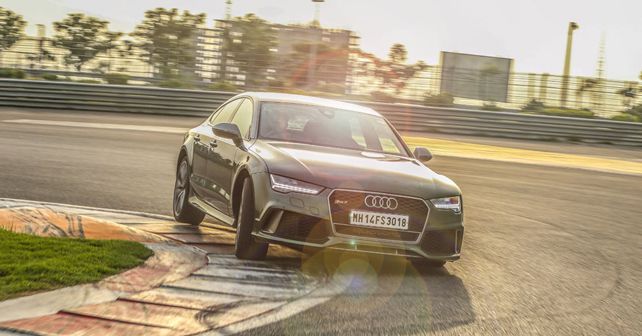
Audi RS7 Performance
The Suit
The RS7 proved to be quite the cruiser during our road trip a few months ago. Its four seats and capacious boot do absolutely nothing to dull its ferocious turn of speed when you so much as breathe on the throttle pedal. And the standard RS7 isn’t exactly aimed at pensioners either – after all, it produces a full 550bhp and 700Nm.
Nevertheless, someone at Audi decided that wasn’t quite enough though – and so the RS7 Performance gets just shy of 600 horses and a mind-bending 750Nm of torque. All of which means that the way the RS7 accelerates out of corners literally takes your breath away. The 4.0-litre twin-turbo V8 is clearly the star here, while the 8-speed automatic transmission and all-wheel drive system just about manage to keep up. Whereas the standard 8-speed is as fast and responsive as you could ever ask for on the street, on the track you could certainly do with a dual-clutch transmission instead. The all-wheel drive, meanwhile, is an absolute godsend. The kind of speed you can carry at the exit of corners in this thing simply beggars belief.
You do, of course, have to be mindful of the weight of the Audi. It has a kerb weight of 2,035kgs, versus 1,750 for the GT-R and 1,610 for the M4. This means, of course, that you do have to be very precise with the RS7. This is not a car that encourages power-slides and tomfoolery. This is a car that rewards you if you follow that age-old mantra for being quick on a racetrack – slow in, fast out!
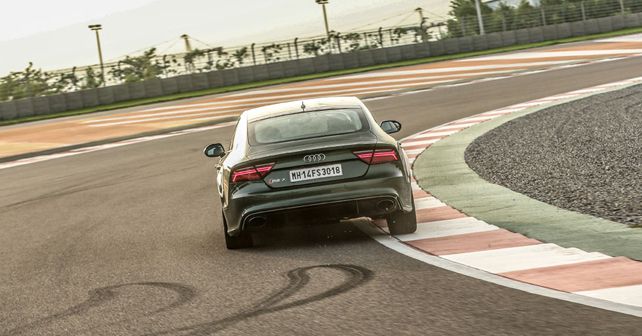
If you do that, and if you control your entry speed into a corner, it’ll reward you by being blindingly fast at the exit of corners. If you look at the telemetry graph, you’ll notice that the RS7 accelerates much harder out of corners than the M4. In fact, the M4 feels immediately slower – at least while accelerating in a straight line – when you jump from the Audi to the BMW.
On the other hand, you’ll also notice that you have to brake far sooner in the RS7 than you do in the M4 – although that was partially due to a high-speed judder in this particular car. Although, the real difference arises at the chicanes at turns 6, 7, 8 and 9. At these quick changes of direction, the M4 and GT-R simply obliterate the RS7. Having said that, once you get into a rhythm in this car, it can be brutally fast. You just dance your way from one corner to the next at speeds that a two tonne machine has no business maintaining.
The beauty of this car, however – especially compared with more focussed driving machines like the M4 and GT-R – is apparent when you drive over the kerbs on the track. The RS7 is so much more compliant and comfortable, and this is a trait that does it many favours out in the real world. So, while you can come to the track and blast around the 5.1 kilometres of the BIC, the RS7 is much better suited to looking after you everyday than the BMW and Nissan. Godzilla is always looking for a reason to chew you up and spit you out, while the M4 isn’t much more forgiving on the road either. With that in mind, the relative practicality and comfort of the RS7 is highly appreciated – fortunately, it’s blindingly fast as well!
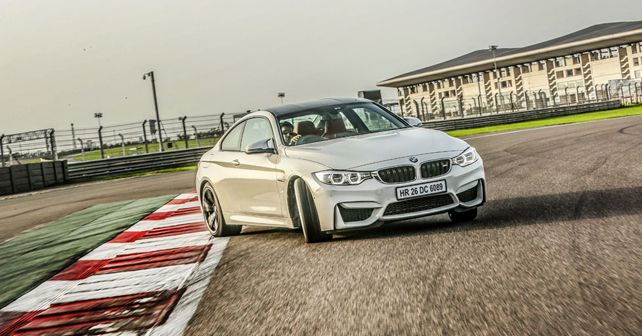
BMW M4
The Temptress
I completely stand by what I said in the intro of this piece. Sure, the Huracan’s, AMG GT’s and 911’s of this world are faster – and, therefore, more exciting in their own way – but the M4 remains one of the most exciting cars that we’ve ever lapped around the BIC. And the reason for that is simple – it almost immediately becomes an extension of your body. It wraps itself around you and follows your every input with the obedience of a German Shepard. Of course, it follows some inputs better than others – and this is where your right foot comes in, because you can literally steer this car with just the accelerator pedal. The steering is merely something to hold onto while you’re doing it.
The M4 just feels shrink wrapped around you, especially when you’ve just stepped out of the RS7. It doesn’t feel quite as fast, of course, but that’s down to the inherent difference between 596bhp and 425. Bear in mind, of course, that these 425 horses are being generated by a twin-turbo 3.0-litre in-line six – which has a pressure cast block, forged crank, and magnesium sump. Plus, the motor appears to be cradled by a sculpted carbon fibre brace that’s linked not just to the strut towers but also the base of the A-pillars for extra rigidity. There are links and braces absolutely everywhere to ensure extra stiffness, and the roof is carbon fibre not just to reduce weight but also to lower the centre of gravity. Turbo lag, meanwhile, is unheard of thanks to an ingenious system in which the turbines of the turbos are kept spinning between 80,000 and 90,000rpm at all times regardless of engine speed. And this means that the turbos are always up to speed and there’s no lag to speak of whatsoever. The urgency of the power delivery, as a result, is sensational. And that’s one of the reasons why you can slide this car on demand pretty much anywhere on the track.

The 7-speed dual-clutch transmission, which can be a bit clunky on the road, is brilliant on the track. All told, the urgency of the brakes, the transmission, the chassis and the motor, all add up to create a rather joyous driving experience on the track. You don’t drive this car so much for the lap time as you do simply for the pleasure of doing what the BMW M engineers intended all along. The M4 is so comfortable on track that it urges you to push it more-and-more all the time – to the point where its tempting to be too aggressive, and just hoon around with the tail out at every corner. You do have to keep your right foot in check, though, with the traction control off.
The only thing that lets the M4 down is the soundtrack, which, while aggressive, isn’t especially evocative. And the fact that the sound is synthesised through the sound system seems completely pointless to me. I would hunt for the fuse that makes this possible and toss it out of the car if I could.
The other thing is that the M4 is a quite hard-core to drive everyday. After a couple of days on the pothole ridden congested streets of the capital I found myself yearning for a 328i instead. For a blast around the track, though, there’s very little – at any price – that can beat the M4 for pure, sheer, unadulterated driving enjoyment!
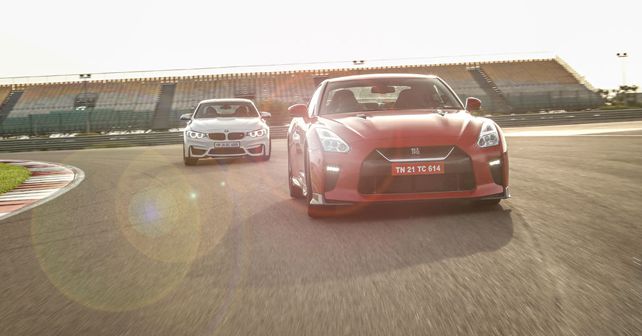
Nissan GT-R
The Savage
Let me start by saying that I meant every complimentary word I said about the RS7 and M4. Hand on heart, they’re every bit as good as I’ve attempted to point out – but the GT-R is simply in a different league. This is a machine that’s been built for one purpose and one purpose only – sheer speed! Absolutely nothing else matters to the GT-R.
When the car was slightly redesigned for 2017, I asked the GT-R chief engineer Tamura San if they had made the face of the GT-R more rounded and friendly in order to make the car appear less intimidating and more approachable. He responded immediately by dismissing the question and stating that they don’t do anything for the sake of “entertainment” – styling, it seems, is entertainment in his book. No, they redesigned the front end to provide more downforce at 250-300km/h. So, you’re not really getting your money’s worth unless you’re doing over 250mk/h. Fortunately, we’ve come to the right place then.
So, before I set off, I flicked the three toggle switches on the centre console to R – this puts the transmission, suspension and traction control into Race mode. Now, I’ve driven the GT-R at a couple of racetracks in the past, including at the legendary Spa Francorchamps circuit in Belgium – but it was pouring with rain at the time. The other couple of times have been restricted sessions. So, this was the first time that I could really put pedal to the metal on a dry track. All I can say is that it’s been well worth the wait. This is one stupendous machine on a racetrack.
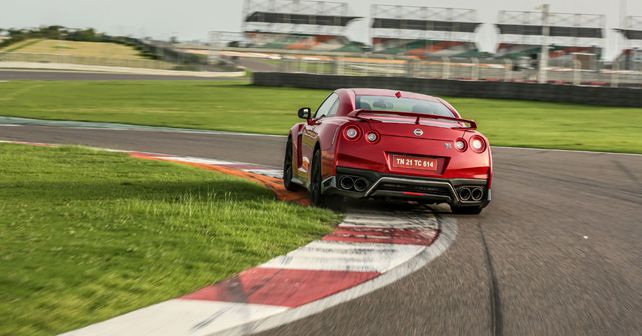
Firstly the steering is incredibly sharp, since it doesn’t have that vague sense of precision most modern electronic steering racks have. The power is absolutely immediate, and it doesn’t feel big and heavy at all. Sure, at the parabolica, you can feel the front end pushing wide slightly but all it requires is a little bit of left foot braking. Mid-corner, you can feel all the diffs and the clever wizardry working underneath in order to ensure that the big chunks of rubber on the Dunlop Sports Max GT tyres – which look like semi-slicks – find maximum grip at all times. But all the tech in this car seems to work with you. It doesn’t distract you or put a barrier between you and the car, which is so often the case.
The GT-R is so sharp and precise that I hardly have to point this car into the apex of corners, it just sniffs them out somehow. This is a grip-and-go machine unlike any other – you just plant your foot and go. Occasionally, it’ll do a nice four-wheel drift at the exit of corners just to keep you further engaged as it carries insane amounts of speed onto the next straight.
And while the GT-R is savagely fast around the BIC, the 2017 facelift has ensured that it’s also more comfortable on the road. Sure, it still tramlines like a wayward beast but it has become more liveable in the real world – as we proved a few months ago with our road trip through the Indian countryside and into the hills.
The real beauty of the GT-R, though, is that despite all its gadgetry and wizardry, it still feels like an analogue beast in an increasingly digital world. Sadly, it feels like the last of the old-school sports cars. At its very heart, this is a driver’s car – and that’s all that really matters. It’s an extremely rewarding car to drive fast, not at all an intimidating one – despite its popular nickname!
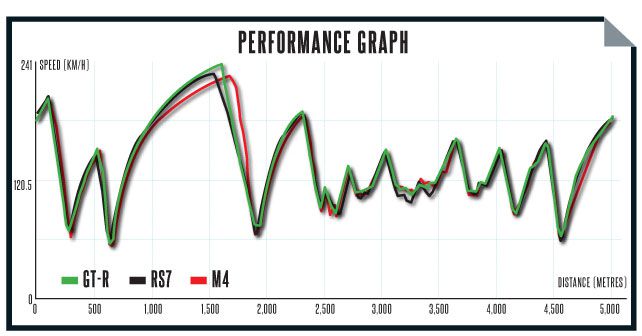
| CURRENT TESTS | Lap Time | Top Speed |
|---|
| Nissan GT-R | 2:17.7 | 241 |
| Audi RS7 Performance | 2:21.9 | 232 |
| BMW M4 | 2:22.3 | 232 |
TEST NOTES The ambient temperature during this test was over 40 degrees C, which meant that the track temperature was around 60 degrees. And, as we’ve seen in the past, track temperature has a huge bearing on lap times. And this is probably why we couldn’t match our previous best of 2:21.4 in the M4. The RS7 Performance, meanwhile, was only three tenths of a second a lap faster than our previous best in an RS7 – which has almost 50 horsepower less. The GT-R, meanwhile, not only suffered because of the heat but also possibly because of the fuel. Its rated horsepower of 562bhp is developed on 100 Octane petrol, while we ran this test on 91 Octane. According to one of the Japanese engineers, the GT-R could lose almost 150 horses running on this grade of fuel. So the GT-R could almost certainly set a far better lap-time around the BIC in the right conditions and with the right fuel.
* Slightly different circuit layout, W = Wet
Engine: 3,993cc / V8 / 32 Valves / DOHC / Turbocharged
Fuel: Petrol
Transmission: 8-Speed Automatic / All-Wheel Drive
Power: 596bhp @ 6,100–6,800rpm
Torque: 750Nm @ 2,500–5,500rpm
Price: Rs.1.58 crore (Ex-showroom)
X-Factor: Fast on the track, fast on the road, and quite livable too.


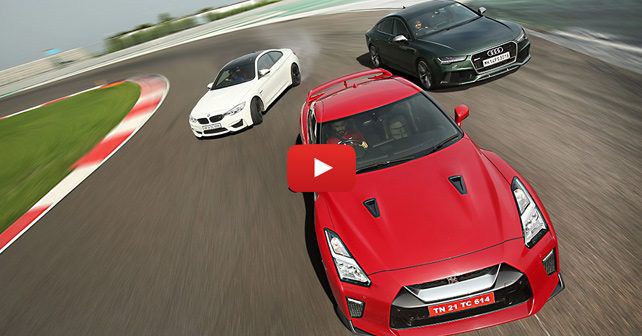
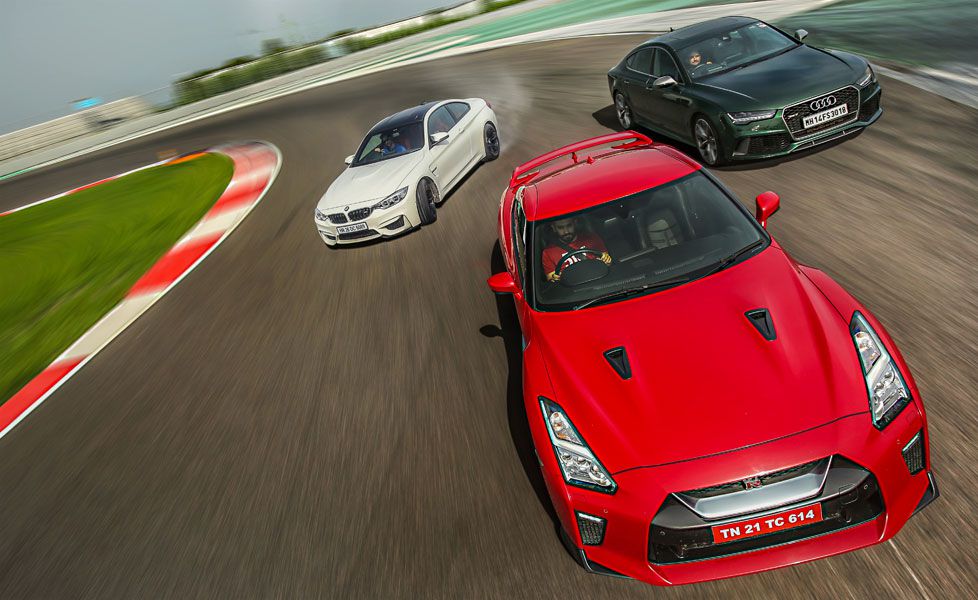
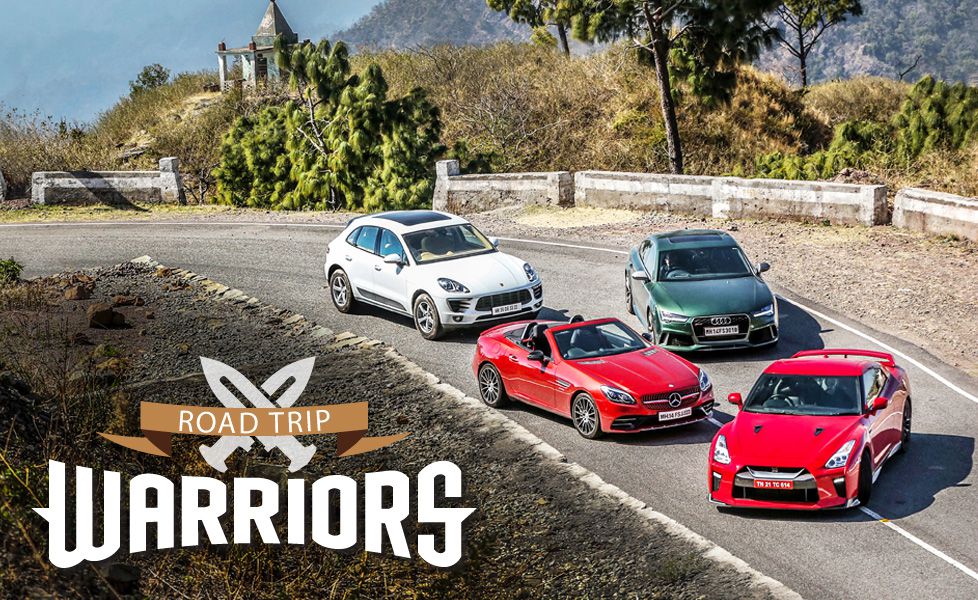




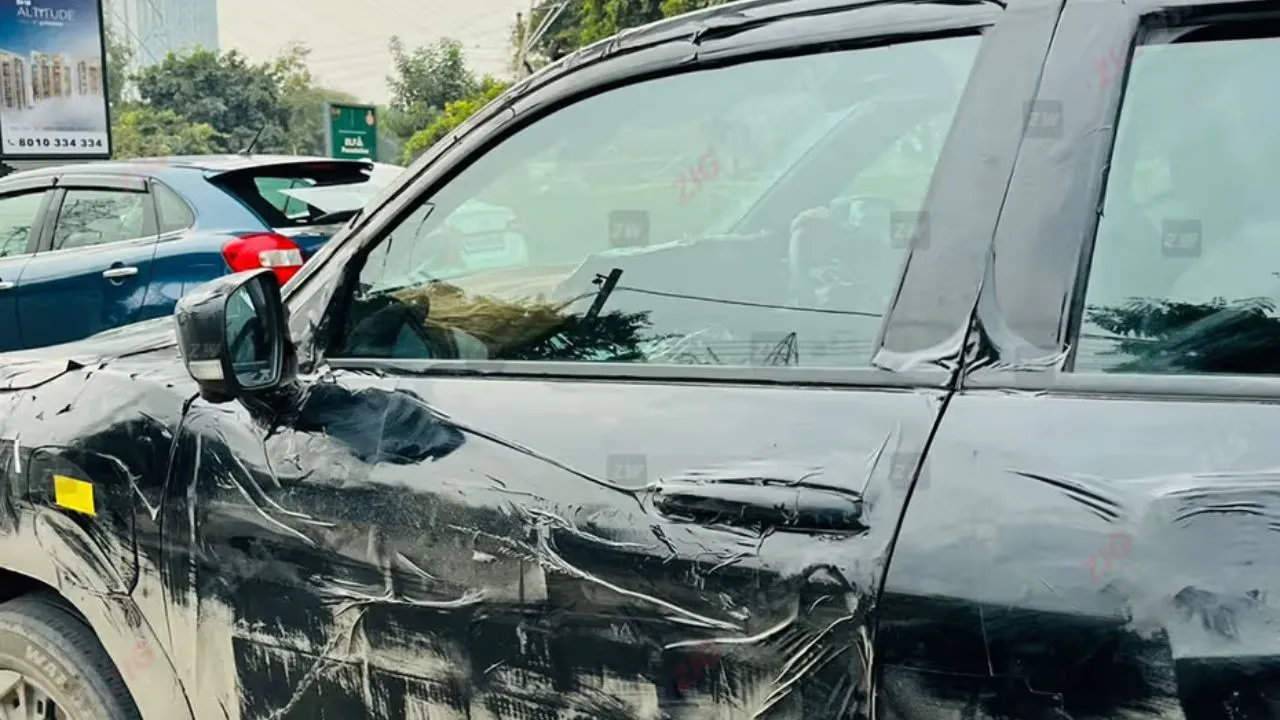
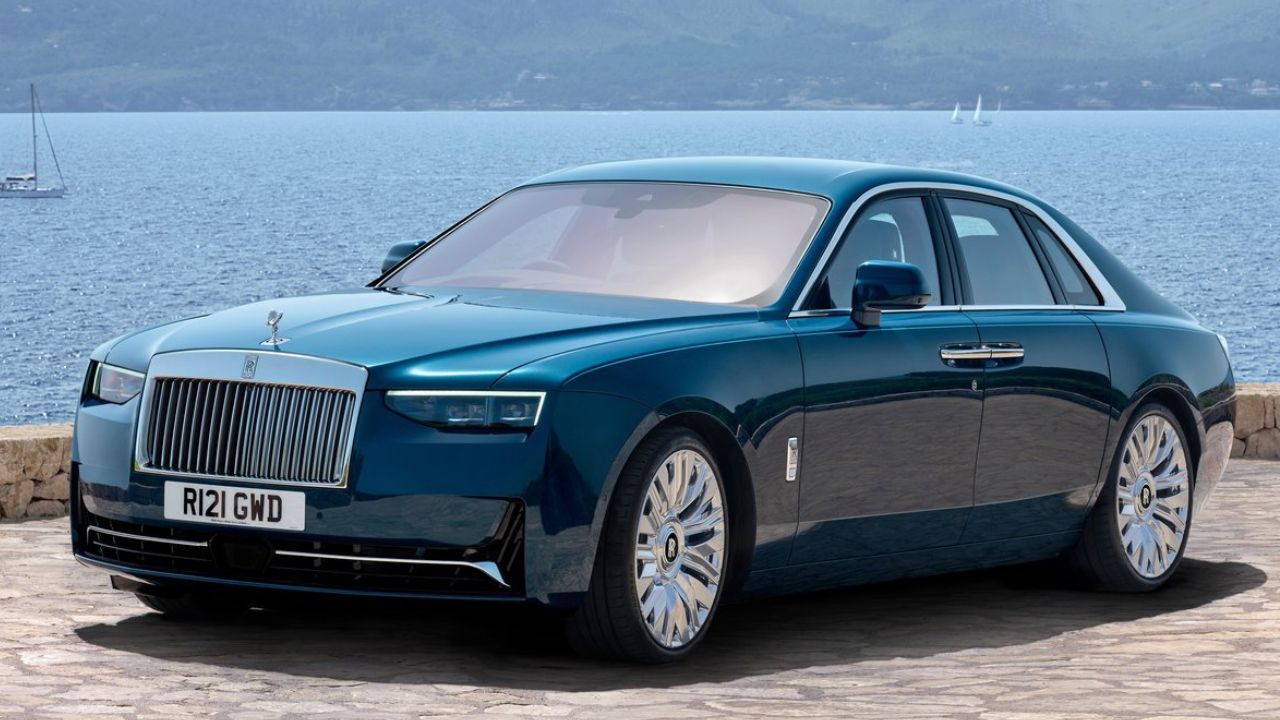
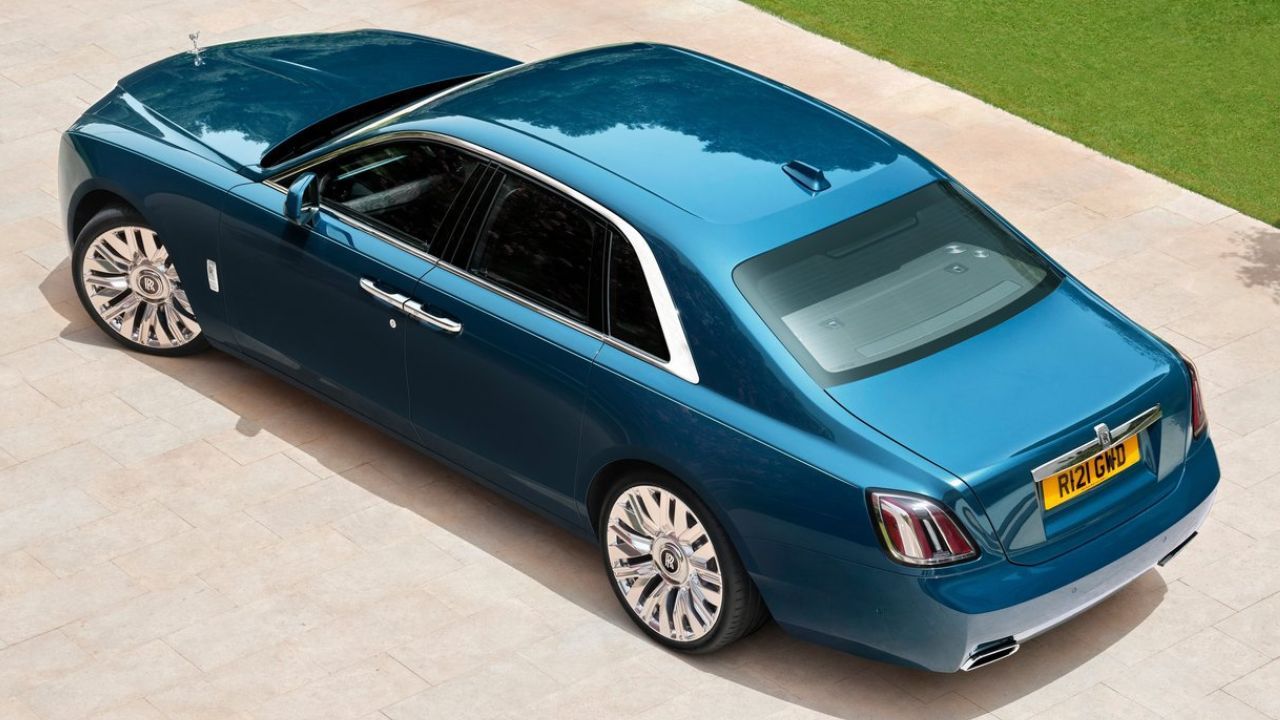

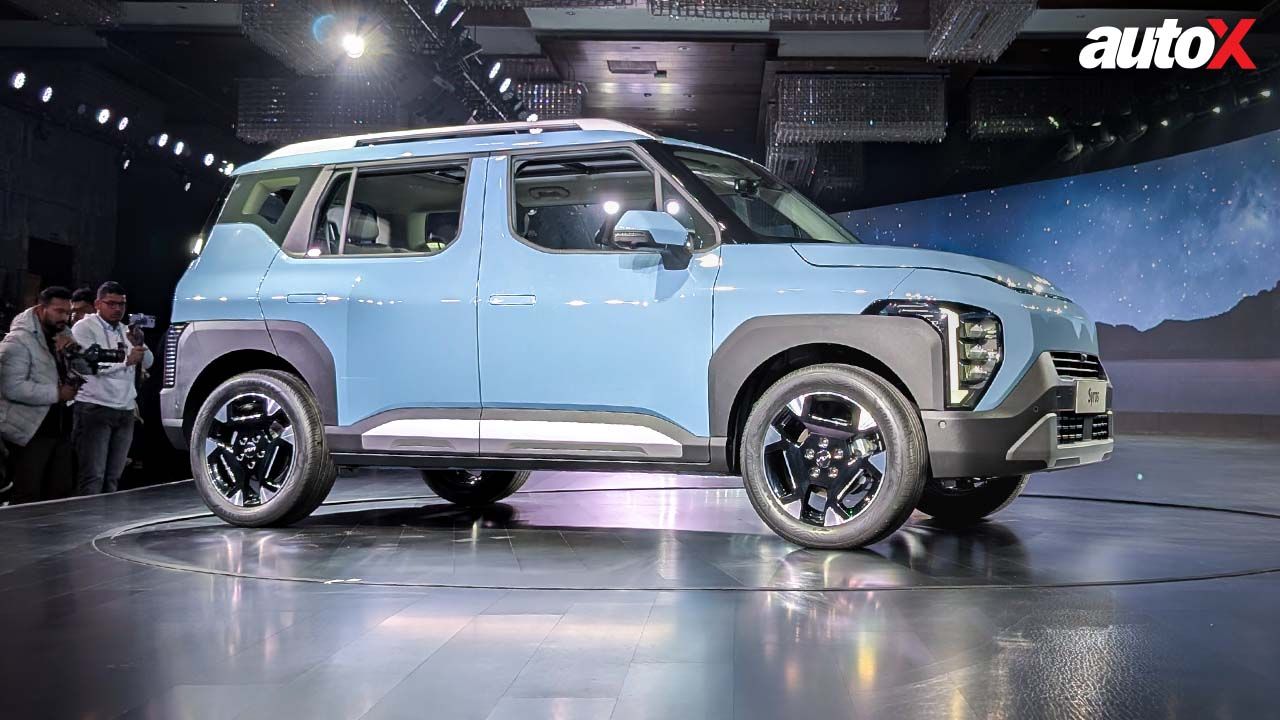
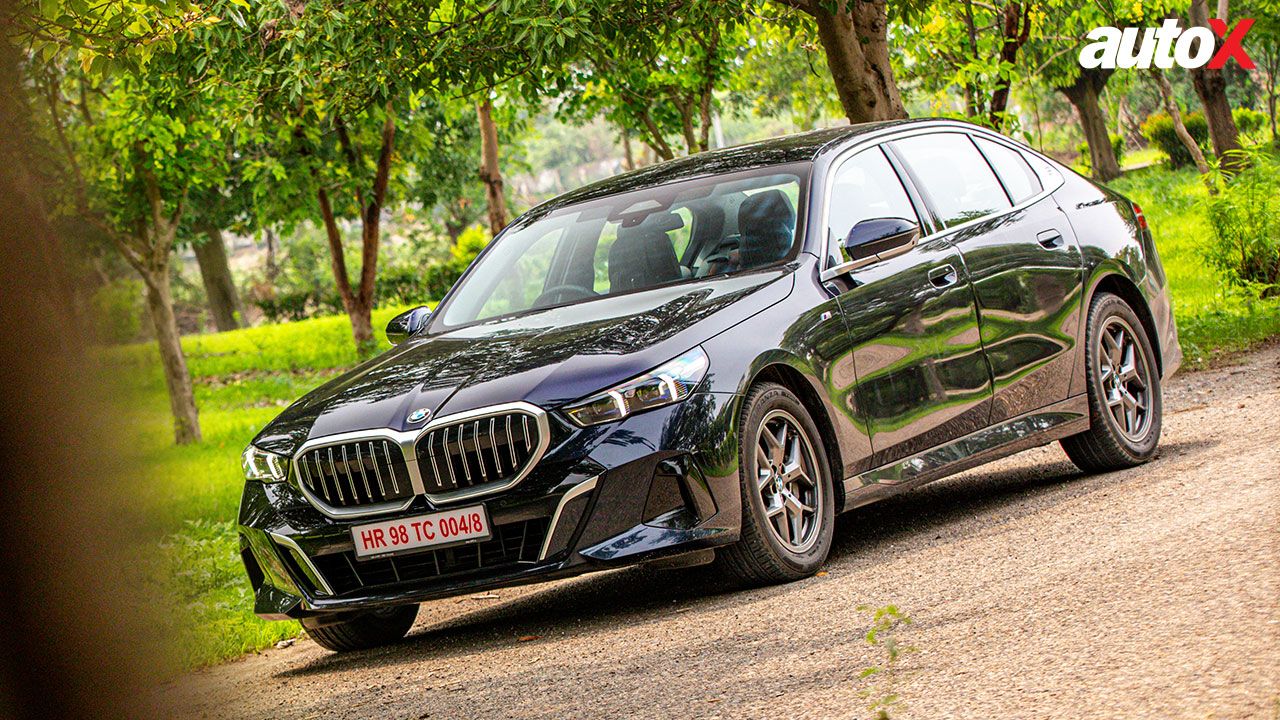
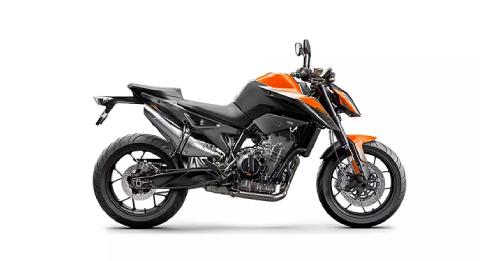
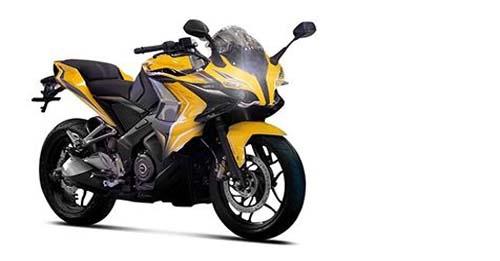
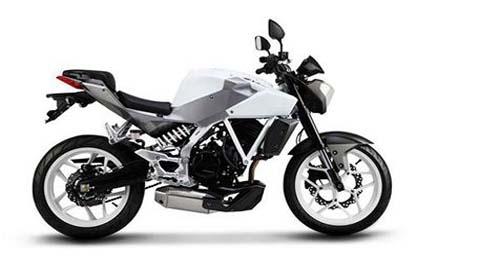
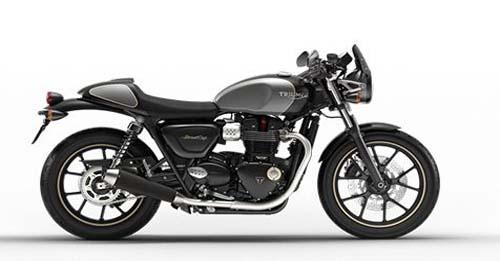










Write your Comment on